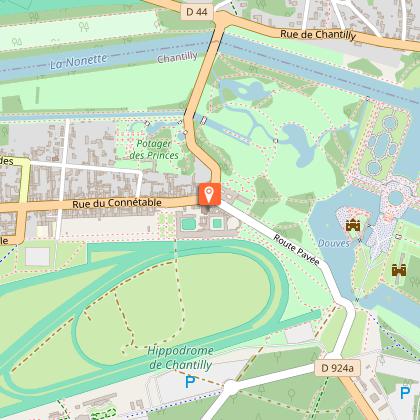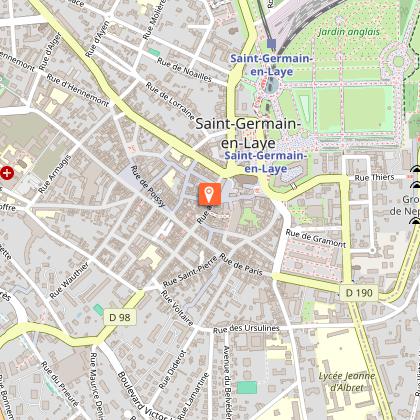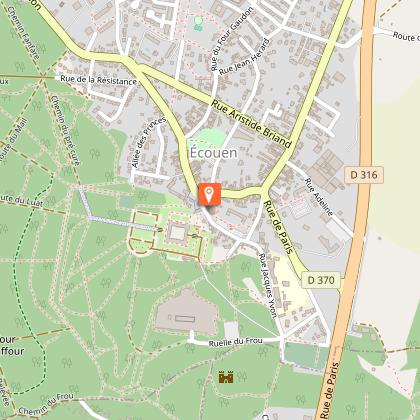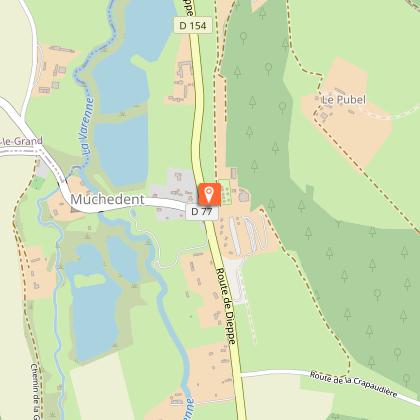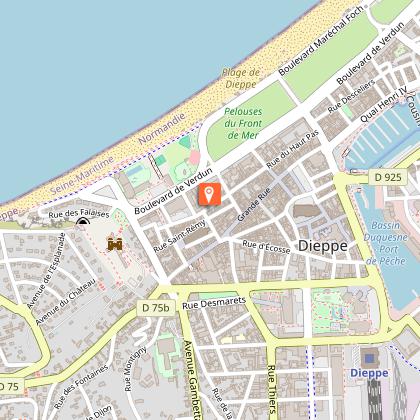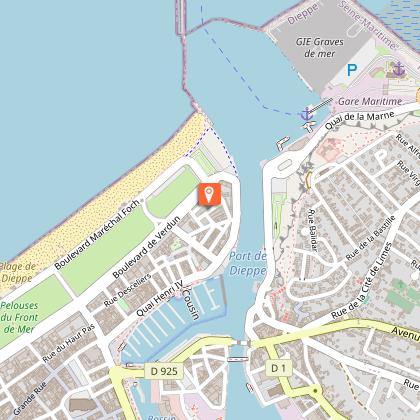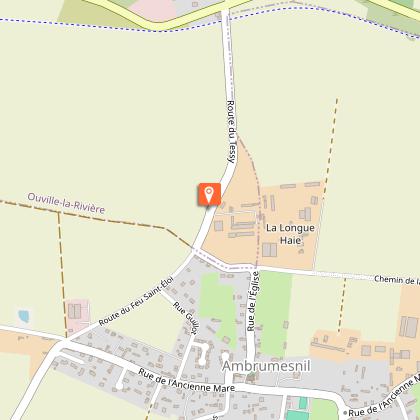Tours
Activities
Places of interest
Where to eat
Where to sleep
Discover local wonders with Camping Vitamin
Are you the owner?Welcome to Saint-aubin-sur-scie, a serene haven nestled in Seine-Maritime, Haute-Normandie! Staying at Camping Vitamin opens up a plethora of captivating activities and local attractions. Discover Dieppe, a charming coastal town with its port, pebble beaches, and a castle-museum offering panoramic sea views. For nature lovers, the Eawy Forest is a must-see with its picturesque hiking trails and sh...See more
Walking around CAMPING VITAMIN
See more suggestionsEnjoy pleasant walks in CAMPING VITAMIN.
See more suggestionsWhat to do in CAMPING VITAMIN
See more suggestionsOrganize your days in CAMPING VITAMIN with bookable activities for the whole family.
See more suggestionsIGN cards

1909OT - SAINT-VALERY-EN-CAUX VEULES-LES-ROSES VARENGEVILLE-SUR-MER
Editor : IGN
Collection : TOP 25 ET SÉRIE BLEUE
Scale : 1:25 000
13.90€
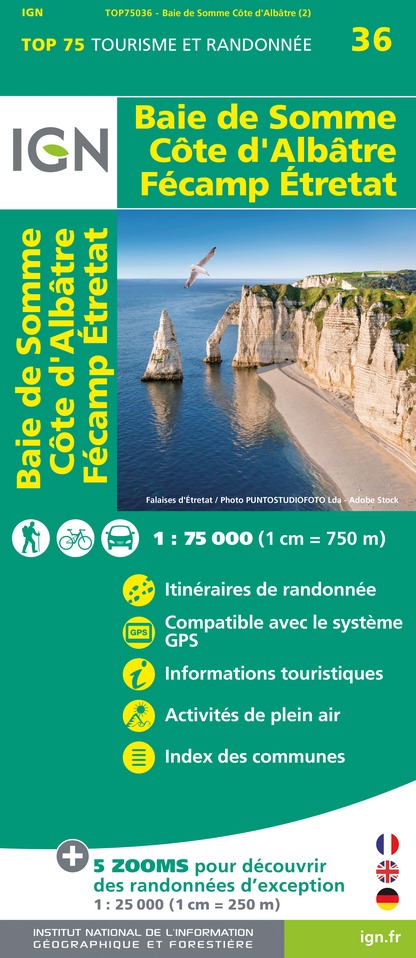
TOP75036 - BAIE DE SOMME COTE D'ALBATRE FECAMP ETRETAT
Editor : IGN
Collection : TOP 75
Scale : 1:75 000
9.80€
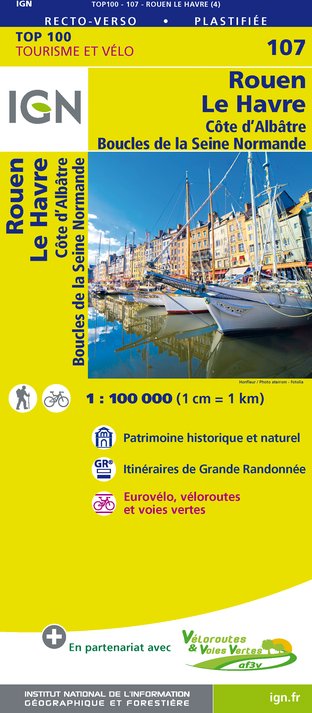
107 ROUEN LE HAVRE CÔTE D'ALBÂTRE BOUCLES DE LA SEINE NORMANDE
Editor : IGN
Collection : TOP 100
Scale : 1:100 000
8.40€

D27-76 EURE SEINE-MARITIME
Editor : IGN
Collection : CARTES DÉPARTEMENTALES IGN
Scale : 1:150 000
5.90€
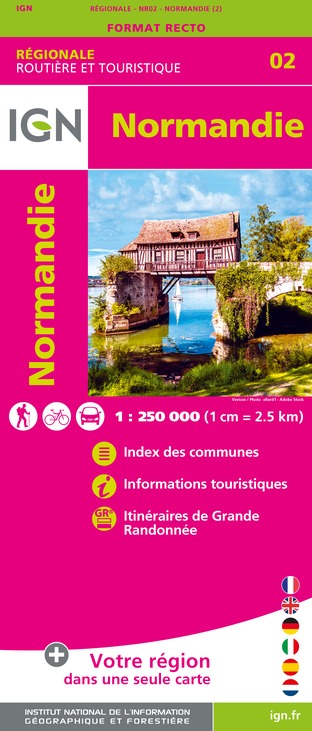
NR02 NORMANDIE
Editor : IGN
Collection : CARTES RÉGIONALES IGN
Scale : 1:250 000
6.80€
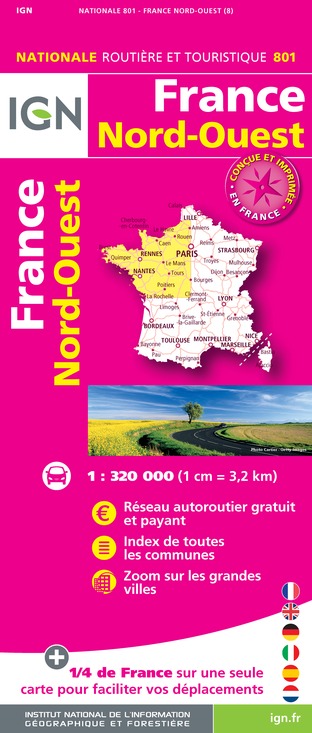
801 FRANCE NORD OUEST
Editor : IGN
Collection : CARTES NATIONALES IGN
Scale : 1:320 000
6.10€

EUROPE
Editor : IGN
Collection : DÉCOUVERTE DES PAYS DU MONDE IGN
Scale : 1:2 500 000
7.00€
What to visit in CAMPING VITAMIN
See more suggestionsDiscover the nightlife of CAMPING VITAMIN.
See more suggestionsWhere to eat in CAMPING VITAMIN
See more suggestionsExplore the culinary traditions of CAMPING VITAMIN.
See more suggestionsWhere to sleep in CAMPING VITAMIN
See more suggestionsEnjoy your stay with accommodations in CAMPING VITAMIN.
See more suggestions










